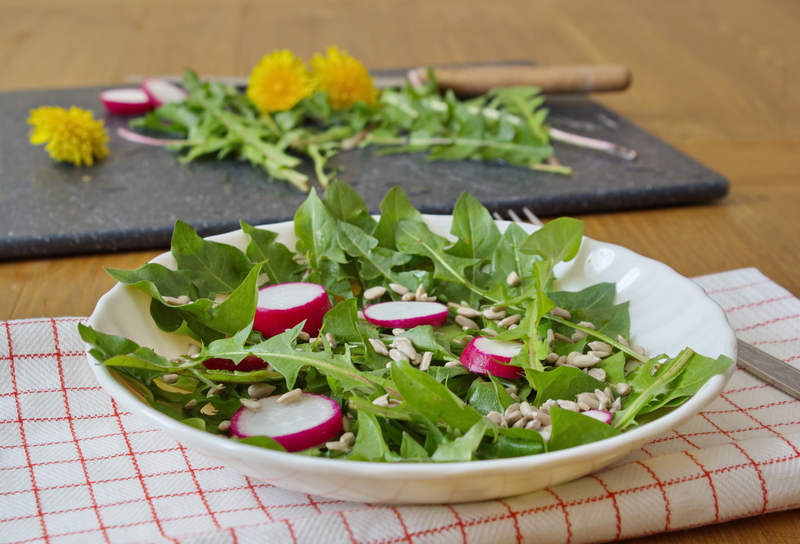Best Practices for Avoiding Drought Stress Damage in Your Summer Lawn
Drought stress can quickly turn a lush, green lawn into a brown, brittle patch during the relentless heat of summer. Homeowners and property managers are often left wondering how to protect their grass from the damaging effects of water scarcity. In this comprehensive guide, we'll explore essential strategies, expert tips, and actionable advice to help you maintain a thriving lawn--even during the peak of summer drought.

Understanding Drought Stress and Its Impact on Lawns
Drought stress occurs when your lawn's water needs exceed the available moisture in the soil, often due to high temperatures, low rainfall, or inefficient watering practices. During drought, grass may wilt, turn brown, and become more susceptible to weeds, diseases, and pests. Preserving your lawn's health during these challenging conditions requires a combination of smart watering, proper lawn care techniques, and suitable grass species selection.
Signs Your Lawn is Suffering from Drought Stress
- Wilting Grass Blades: Grass leaves appear limp or folded lengthwise.
- Color Change: Lawns fade from vibrant green to bluish-gray or brown.
- Footprinting: Footprints and mower tracks remain visible long after being made.
- Slowed Growth: Grass stops growing or produces fewer clippings.
Choose the Right Grass Species for Drought-Tolerance
One of the best ways to avoid drought stress damage in your summer lawn is by selecting grass species best suited for your local climate and rainfall. Drought-tolerant grass varieties have deeper root systems and can survive longer periods without water.
Top Drought-Resistant Grass Types
- Bermuda Grass: Excellent heat and drought tolerance, ideal for southern states.
- Zoysia Grass: Dense, slow-growing, and good for water conservation.
- Buffalo Grass: Low water requirements, native to the Great Plains region.
- Tall Fescue: Deep roots make it a great choice for drought-prone climates.
- Kentucky Bluegrass (Drought Varieties): Newer cultivars offer increased drought endurance.
Tip: Consult your local extension office or garden center to determine the best grass for your region's climate and summer watering restrictions.
Proper Watering Practices to Prevent Drought Damage
Maintaining a healthy lawn during dry spells isn't about watering more--it's about watering correctly. Overwatering can waste resources and promote shallow root growth, while under-watering can stress the grass. Let's examine efficient watering techniques to avoid drought stress in your summer lawn.
Water Deeply and Infrequently
- Aim for 1 inch of water per week, allowing moisture to reach 6-8 inches deep into the soil.
- Water just as the grass begins to show signs of drought (wilting, bluish color), not before.
- Give your lawn a thorough soaking rather than shallow, frequent sprinklings.
Water in the Early Morning
- Schedule irrigation before 10:00 AM to minimize evaporation and fungal risks.
- Avoid watering during windy afternoons or evenings, which can lead to wasted water and disease.
Monitor Soil Moisture
- Use a soil moisture probe or a simple screwdriver test--if the tool doesn't penetrate easily, it's time to water.
- Adjust watering according to rainfall: skip a scheduled irrigation if you've had significant rain that week.
Lawn Care Tips for Minimizing Drought Stress
In addition to smart watering, your mowing, fertilization, and soil habits play critical roles in preventing drought-related lawn damage.
Mow High for Deep Roots
- Set your mower blade to its highest safe setting (usually 3-4 inches for most grasses).
- Taller grass shades the soil, reducing evaporation and encouraging deeper roots.
- Never remove more than one-third of the grass blade at a time.
Sharpen Your Mower Blades
- Sharp blades make clean cuts, reducing grass stress and vulnerability to disease.
Leave Grass Clippings On the Lawn (Grasscycling)
- Clippings return valuable moisture and nutrients to the soil, acting as a natural mulch.
Reduce or Pause Fertilizer Applications
- Avoid fertilizing during drought--many fertilizers can 'burn' dry lawns and force unwanted growth.
- If necessary, apply a slow-release, low-nitrogen formula only in early spring or fall.
Minimize Lawn Traffic
- Keep foot and pet traffic low during drought periods to avoid further stress on the grass.
Soil Health and Lawn Aeration: Building Drought Resilience
Healthy soil is the foundation for a resilient lawn that endures summer drought and heat stress. Improving soil structure and correcting compaction make a significant difference.
Aerate Your Lawn Annually
- Core aeration relieves soil compaction, allowing roots to access deeper water reserves.
- Aerating in the fall or spring can enhance root growth before summer drought arrives.
Add Organic Matter
- Top-dress with compost or fine mulch to boost water retention and soil nutrients.
- Healthy soils with organic matter support more robust, drought-resistant lawns.
Test and Adjust Soil pH
- Most turfgrass thrives in slightly acidic to neutral soils (pH 6.0-7.0).
- Soil tests can help identify the need for lime or other amendments.
Mulching and Landscaping for Water Conservation
While your summer lawn is a focal point, strategic landscaping and mulching can dramatically reduce drought stress damage throughout your property.
Incorporate Mulch Borders
- Mulch flower beds and borders with wood chips or bark to improve soil moisture around turf edges.
- Mulch can also reduce mowing needs and prevent heat reflection near your lawn.
Plant Drought-Tolerant Ornamentals
- Select native shrubs and perennials that require minimal supplemental watering.
- Group plants with similar water needs together ("hydrozoning") to streamline irrigation.
Consider Lawn Alternatives in Problem Areas
- Replace slopes or hard-to-water spots with groundcovers, decorative gravel, or low-water planting beds.
Smart Irrigation Tools and Technology
New advancements make water conservation and drought management easier than ever for the average homeowner.
Install Weather-Based Irrigation Controllers
- Smart controllers adjust watering schedules based on local weather, automatically skipping unnecessary cycles after rainfall.
Use Drip Irrigation or Soaker Hoses
- Direct water to the roots where it's needed most, reducing waste and evaporation.
Check for Sprinkler Leaks and Overlap
- Inspect your system regularly to ensure every zone receives proper, even coverage.
- Repair leaks to conserve water and cut utility costs.
When to Accept Dormancy: Letting Your Lawn Rest During Extreme Drought
Sometimes, even the best practices for avoiding drought stress damage can't overcome extended heatwaves or water restrictions. Fortunately, most cool- and warm-season lawns can survive drought by going dormant.
- Grass blades may die back, but the roots remain alive and can regrow when rainfall resumes.
- To support dormant grass, irrigate with just 1/2 inch every 3-4 weeks, if local rules allow, to prevent root death.
- Avoid mowing or fertilizing during dormancy--give your grass time to recover once the weather cools.

Frequently Asked Questions: Summer Drought Lawn Care
- How often should I water my lawn during a drought?
Aim for deep watering once a week (about 1 inch total) rather than daily light applications, and always follow local watering ordinances. - Is it better to water in the morning or at night?
Always water in the early morning to minimize evaporation and prevent fungal diseases. - Should I fertilize my lawn in midsummer?
No--fertilizing during drought can stress your lawn. Wait until the weather cools and regular rainfall resumes. - Can I bring back a dead-looking lawn after drought?
In many cases, lawns are just dormant, not dead. Resume steady irrigation and wait several weeks for regrowth after rainfall returns. - What is the most drought-resistant grass?
Bermuda, Buffalo, and Zoysia are among the most drought-tolerant lawn grasses for summer conditions.
Conclusion: Achieving a Healthy Lawn During Summer Drought
By implementing these best practices for avoiding drought stress damage in your summer lawn, you can protect your turf and preserve its beauty even during challenging weather. Remember to select the right grass, automate and optimize your watering, care for your soil, and adjust mowing and fertilization habits to support drought resilience. And when necessary, allow dormancy for long-term lawn survival. With a proactive approach, you'll enjoy a resilient, functional, and attractive lawn all summer long.
For long-term success, always adapt your routine to local conditions and stay informed on the latest drought management techniques. Your lawn will thank you--with healthy roots and green growth--even during the hottest, driest months!